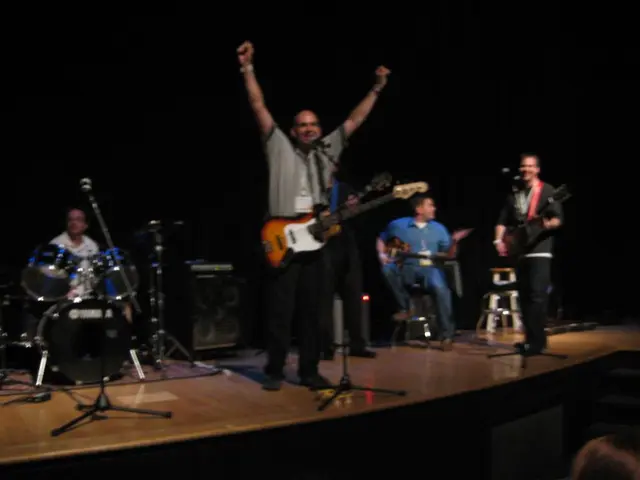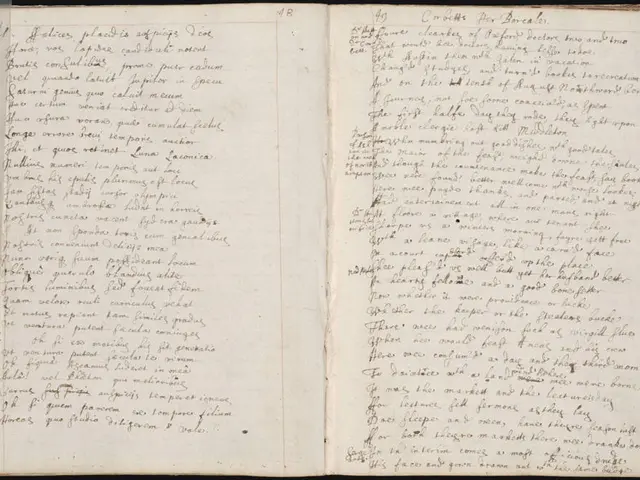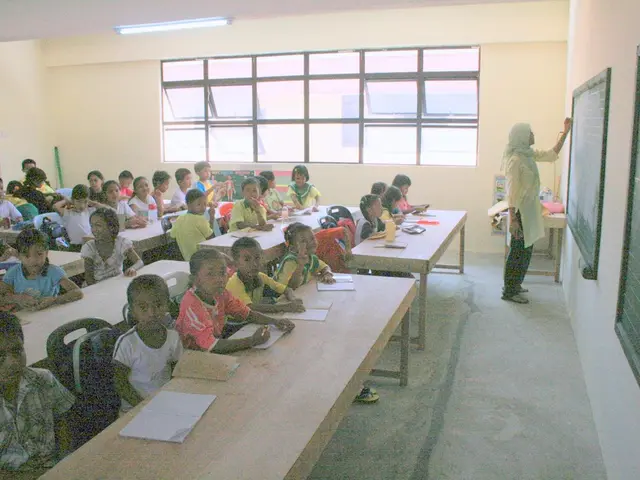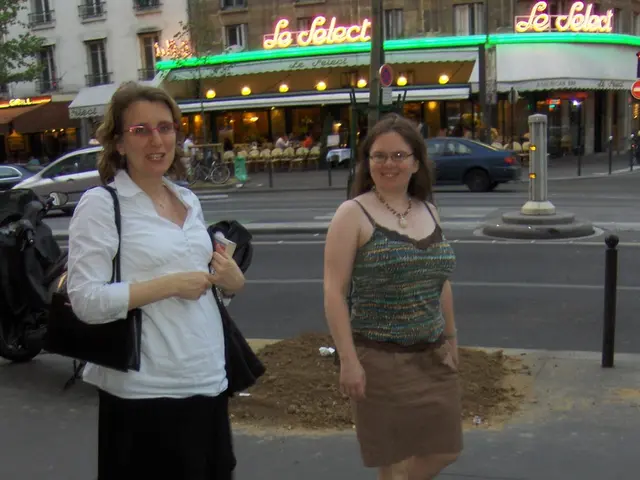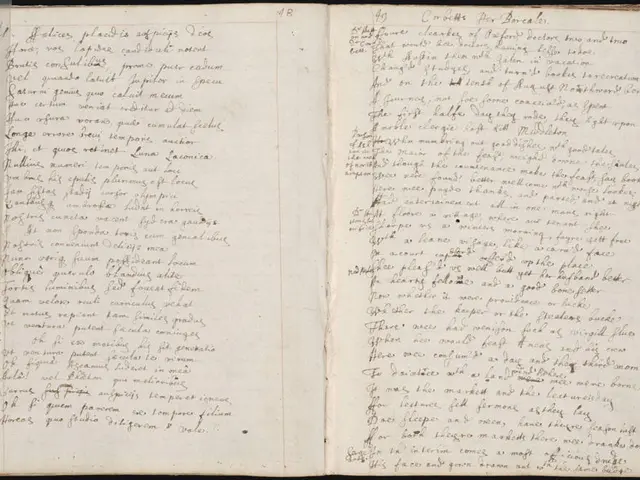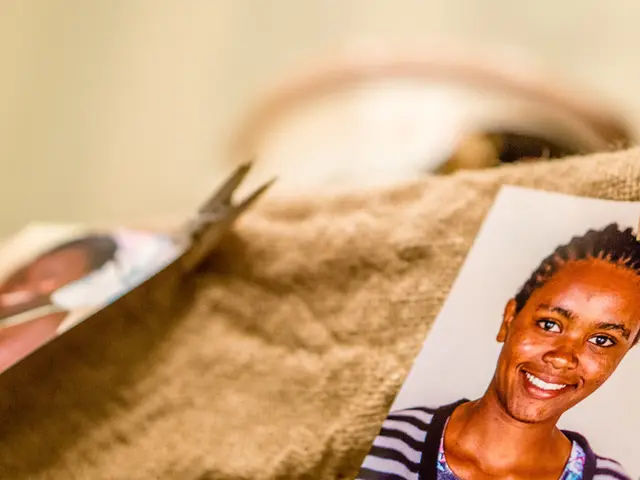Let's Talk About Easter, Baby!
Guide for Easter: Celebrating the Primary Christian Holiday
Easter is the main Christian holiday, commemorating Jesus Christ's resurrection after his crucifixion. Originally, it was a remembrance of the exodus of Jews from Egypt and their liberation from slavery. Now, Easter symbolizes Christ's victory over death and his sacrificing for the atonement of sins.
That's why on this day, Christians greet each other with "Christ is risen!" and the response is "Indeed, he is risen!".
Easter always falls in the spring, specifically, on the Sunday between April 4 and May 7. The date is calculated using the following formula: the first Sunday following the first full moon after the vernal equinox (on March 21) according to the Julian calendar, used in the Orthodox tradition for calculating Easter. This year, both Catholics and Orthodox will celebrate Easter on April 20.
The week before Easter is called Holy Week (or Great Week), and each day has a special meaning. For instance, even nonbelievers are familiar with Holy Thursday – a day for preparing the house for Easter celebrations. On Good Friday, Christians remember the suffering of Christ, so it's customary not to do any work, drink alcohol, or work outside.
Although Easter Sunday is celebrated only one day, Easter is celebrated for 40 days – until the Feast of the Ascension of Christ.
The Feast Week Delights
Most Orthodox Christians celebrate Easter with family. One essential part of the festive table is the Easter basket, which includes colored eggs, pascha (a sweet cheese pie), and a cooked lamb.
The pascha is blessed and baked only in churches on Holy Saturday evening and the morning of Easter Sunday. Commercial paschas and kulich (a traditional Easter cake) are still sold, even though the manufacturers claim they've been blessed, beware!
What does all this symbolize?
Kulich represents Christ sharing bread with his disciples, thus convincing them of his resurrection. Unlike the dough for pirogi, kulich dough contains an enormous amount of beaten egg whites, lots of premium cream butter, and sugar. Experts from Rospotrebnadzor suggest that the top of a high-quality kulich should be hard, while the surface should be smooth without being sticky or moist.
Pascha resembles a pyramid with the letters "ХВ" (CHRIST) standing for the hill of Golgotha, where Christ was crucified, and God's throne in the church. In making the pascha, a traditional pascha mold is often used.
Choose a high-quality cottage cheese for the pascha filling, one that is fresh, white with a gentle cream hue, and soft in consistency.
Eggs are traditionally dyed red – the color of Christ's blood, and in ancient times, this color was considered royal. According to one legend, Mary Magdalene brought a chicken egg to Emperor Tiberius to tell him about Christ's resurrection. Unconvinced, Tiberius said that it would be more likely for the egg to turn red before the dead would rise. After these words, the egg turned red.
Achieving the correct shade is easy with a beetroot-based dye. Eggs are also dyed with carrot, spinach, and turmeric mixtures. Dyeing eggs in dark, gloomy colors is not traditional among Orthodox Christians.
When buying eggs, experts advise checking the expiration date and eggshell quality: the shell should be clean, slightly rough, free of cracks, and show no signs of moisture or a dull, matte finish. A fresh egg will not produce a sound when tapped gently.
Leftover food from the Easter table is not thrown away but saved for later meals or shared with guests.
Shopping for Easter Decorations and Kulich
In supermarkets, you've probably noticed Easter decorations, dyes, and Easter egg decorations, plates, molds for kulich, and other kitchenware for weeks now.
Decorations often feature rabbits, even though Easter bunnies have no connection to Orthodox traditions – they are an import from Catholic countries. In Western countries, figures of the Easter bunny decorate tables and Easter baskets, while children organize egg hunts, supposedly led by the Easter bunny. In Russia, these traditions are not observed.
Most of the decorative items, except those with themes, can be used on any occasion.
Kulich is also on sale, although it might be advisable to buy it closer to Easter, as the baked goods will still be fresh. Many bakeries take orders for kulich a few days before the holiday and start selling them a day or two before Easter.
Where to Go to Church
Because Easter is a religious holiday, of course, there will be church services. In Krasnoyarsk, the services will be led by the new Bishop Nikita in two churches:
- Thursday, April 17, Church of the Nativity of Christ (ul. Щорса, 44a):
- Divine Liturgy, starting at 8:00;
- Liturgy of the 12 Gospels, starting at 17:00.
- Friday, April 18, Cathedral of the Intercession (ul. Sukova, 26):
- Vespers with the Procession of the Holy Shroud, starting at 15:00.
- Saturday, April 19, Church of the Nativity of Christ:
- Paschal religious service, starting at 23:00.
The Krasnoyarsk diocese plans to stream this service live on its social media platforms with commentary explaining the various rituals involved.
- Sunday, April 20, Church of the Nativity of Christ:
- Great Paschal Vespers, starting at 17:00.
In addition, a portion of the Holy Fire from the Church of the Holy Sepulchre in Jerusalem will be brought to Krasnoyarsk on Easter Sunday. The holy fire will be brought to the Church on Щorsa around 19:30 – from there, priests and parishioners can carry the fire to their congregations and homes. After the Great Vespers, the holy flame will be brought to other cities in the Krasnoyarsk diocese.
Road Restrictions near Churches
Several districts in Krasnoyarsk will have temporary road closures near churches on April 19-20 due to the Easter services:
ulitsa 9 Yanvaria: from 21:00 April 19 to 3:00 April 20, the roadway will be closed between Lenin and 9 Janvaria, 28;ulitsa Lenina: from 21:00 April 19 to 3:00 April 20, the right lane on the Krasnaya Street section will be closed;переулок Promyshlennyi: from 20:00 April 19 to 3:00 April 20, the roadway will be closed between Sverdlovskoi and dom po Promyshlennomu, 7;ulitsa Mendeleyev: from 21:00 April 19 to 4:00 April 20, the roadway will be closed between zhil-dom on Pavlova, 35 to Щorsa;переулок Poslushnikov and ulitsa Uspenskaya: from 21:00 April 19 to 20:00 April 20.
It will be forbidden to park or stop here:
ulitsa 9 Yanvaria: from 18:00 April 19 to 6:00 April 20 from Lenin to prospekt Mir;ulitsa Mendeleyev: from 17:00 April 19 to 6:00 April 20 from dom zhil-dom Pavlova, 35 to Щorsa;ulitsa Dobrolyubova: from 17:00 April 19 to 6:00 April 20 from Щorsa to dom zhil-dom on Pavlova, 27a;ulitsa Lesnaya: from 17:00 April 19 to 20:00 April 20 from the intersection in the Lesnoy district to dom on Lesnoy, 43a;переулок Poslushnikov: from 17:00 April 19 to 20:00 April 20 from Voznesenskovi to dom na Lesnomom, 55a/3.
We invite all believers to the radiant Easter, and to the unbelievers – to light, love, and faith in the better.
Photos: DELA, Anastasia Bulgakova, Krasnoyarsk diocese.
- This year, both Catholics and Orthodox Christians will celebrate Easter on April 20.
- The week before Easter is called Holy Week, with each day having a special meaning, such as Holy Thursday for preparing the house for Easter celebrations.
- On Good Friday, it's customary for Christians to remember the suffering of Christ, so it's considered inappropriate to work, drink alcohol, or work outside.
- Easter always falls in the spring, specifically, on the Sunday between April 4 and May 7.
- Most Orthodox Christians celebrate Easter with family, and one essential part of the festive table is the Easter basket filled with colored eggs, pascha, and a cooked lamb.
- The pascha represents Christ sharing bread with his disciples, while the kulich dough contains an enormous amount of beaten egg whites, premium cream butter, and sugar.
- Eggs are traditionally dyed red, symbolizing Christ's blood, and leftover food from the Easter table is saved for later meals or shared with guests.
- In supermarkets, you can find Easter decorations, dyes, and egg decorations, plates, molds for kulich, and other kitchenware for weeks before the holiday.
- Kulich is often sold, but it might be best to buy it closer to Easter to ensure the baked goods will be fresh.
- In Krasnoyarsk, Easter services will be led by Bishop Nikita in two churches.
- The Krasnoyarsk diocese plans to stream the Easter service live on its social media platforms with commentary explaining the various rituals involved.
- A portion of the Holy Fire from the Church of the Holy Sepulchre in Jerusalem will be brought to Krasnoyarsk on Easter Sunday.
- Several districts in Krasnoyarsk will have temporary road closures near churches on April 19-20 due to the Easter services.
- Road restrictions will also be in place in various areas, making it forbidden to park or stop near certain locations.
- Apart from the religious focus of Easter, there are also many news stories about various aspects of the holiday, such as personal growth, social media trends, entertainment, and even pop culture.
- Easter is also an excellent time for fans of sports such as football, baseball, hockey, golf, and more to catch up on their favorite games or engage in sports betting, as there are often special events and matches during this time.





